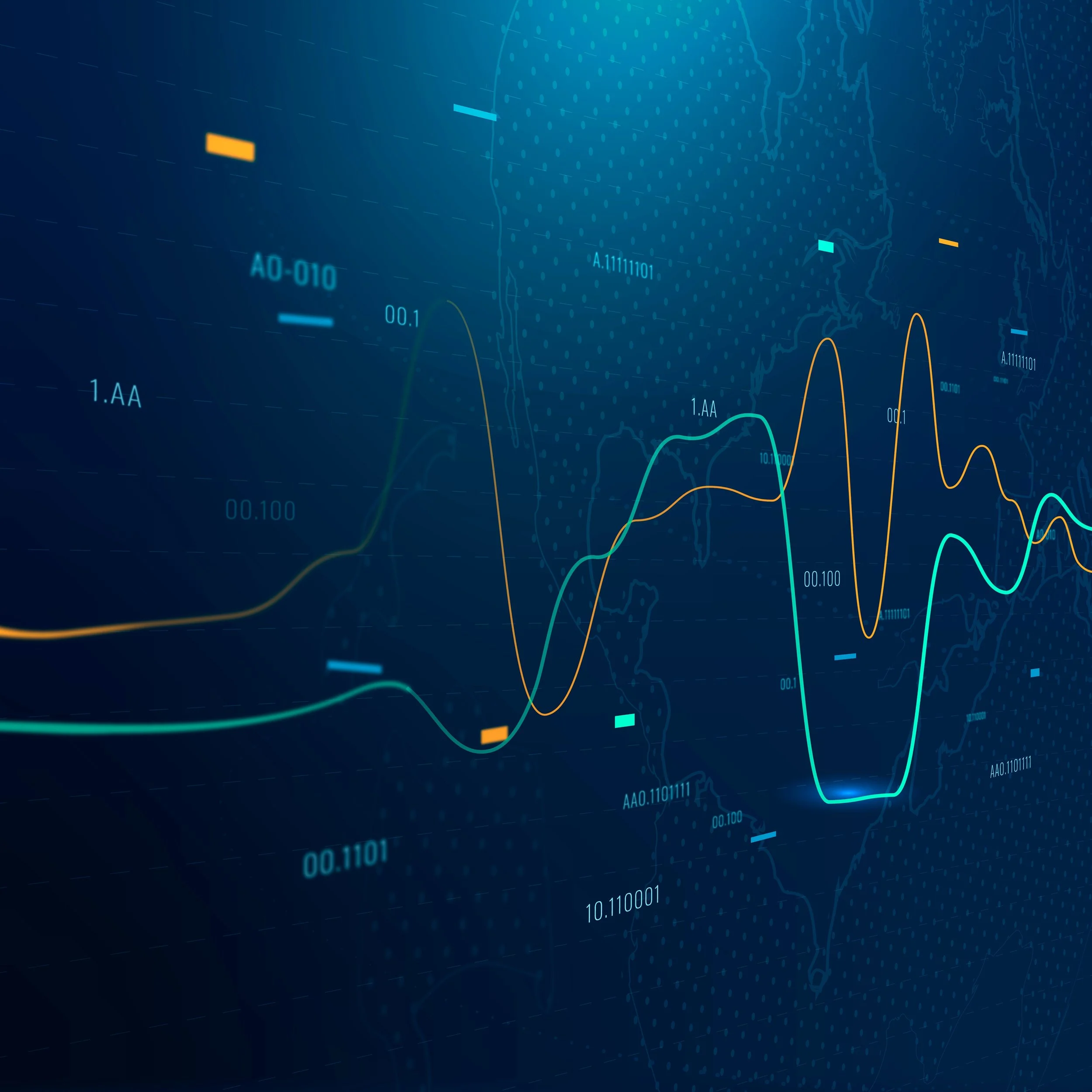Is Your MSSP a Partner or Just a Noise Machine? The Metrics That Reveal the Truth.
For years, corporate leaders have been presented with cybersecurity reports filled with impressive but ultimately hollow figures: millions of threats blocked, terabytes of data scanned, thousands of alerts processed.
These volumetric metrics create an illusion of security, but they fail to answer the two fundamental questions on any director's mind: "Are we truly secure?" and "Is our security spending actually providing value?"
The paradigm for measuring cybersecurity effectiveness is shifting. Leading organizations are moving away from measuring activity and are instead focusing on measuring outcomes. They understand that the goal is not to drown in technical data, but to derive clear, business-relevant intelligence that can inform strategic decisions about risk and investment.
A modern Managed Security Service Provider (MSSP) must therefore be more than a technical gatekeeper; it must be a business intelligence partner. It is their responsibility to transform security noise into the strategic signals that leaders need to guide the enterprise.
The Old Problem: Drowning in Data, Starving for Wisdom
The traditional approach to security monitoring often creates more problems than it solves. By collecting vast amounts of data without the proper context, internal security teams are quickly overwhelmed. This leads to two critical failures:
Alert Fatigue:
When analysts are bombarded with thousands of low-priority alerts daily, they become conditioned to the noise. This exhaustion is a primary reason why genuine, critical threats are often missed until it is too late.Lack of Business Context:
A standard alert might say "Suspicious activity on Server X," but it provides no context. Is Server X a low-priority test machine or the server hosting your most critical customer database? Without this business context, effective prioritization is impossible, and resources are wasted on low-impact issues.
The New Approach: A Framework for Metrics That Matter
To be effective, security metrics must be structured and tailored to their audience. A modern security program categorizes its metrics into three distinct tiers, ensuring that everyone from a frontline analyst to the CEO receives the right information.
| Metric Tier | Description & Examples |
|---|---|
| Tactical Metrics (For the Frontline) |
These are operational, real-time indicators that help technical teams enhance efficiency. An ineffective metric: "We patched 10,000 vulnerabilities this month." This number is large, but provides no insight into whether these patches actually reduced any real risk. An effective metric: "Our Mean Time to Remediate (MTTR) for critical, exploitable vulnerabilities was 48 hours, meeting our defined service level agreement." This demonstrates speed and efficiency in addressing the most significant threats. |
| Operational Metrics (For Security Leadership) |
This tier tracks progress over weeks or months, helping CISOs manage resources and show program effectiveness. An ineffective metric: "Our team responded to 5,000 alerts this quarter." This shows the team was busy, but not if they were effective. An effective metric: "We achieved a 75% reduction in active exposures on assets tagged 'customer-facing,' directly improving the security posture of our revenue-generating systems." This connects security action directly to a business function. |
| Strategic Metrics (For the CEO & Board) |
This is the most crucial tier, demonstrating how security supports high-level business outcomes. An ineffective metric: "We maintained 99% uptime for our security firewalls." This is expected; it doesn't demonstrate value, only that a tool is switched on. An effective metric: "This quarter, there were zero security incidents that caused disruption in our primary business functions, which correlates with our 90% attack surface coverage on critical assets." This directly links security performance to business stability and justifies program investment. |
The MSSP as a Business Intelligence Partner
An effective MSSP does not simply forward a stream of raw data from its security tools. Its primary value lies in its ability to collect, contextualize, and analyze this data, transforming it into the tiered metrics that leadership needs.
This is achieved by integrating two powerful data streams:
Exposure Data:
A deep understanding of your specific environment. This includes what assets you own, which are the most critical to the business, where they are vulnerable, and what security controls are in place.Threat Data:
Real-time intelligence on active threats, attacker techniques, and vulnerabilities that are currently being exploited.
By enriching security alerts with business-critical exposure data, a strategic MSSP partner delivers a dashboard that moves beyond vanity metrics. Instead of seeing 'threats blocked,' a CEO sees 'Risk reduction on our primary e-commerce platform.' Instead of just 'alerts managed,' a CISO sees 'Improvement in remediation efficiency for critical vulnerabilities.’
Making Defensible Decisions
To effectively manage risk and justify budgets, leaders must demand better intelligence from their security function. The right metrics, focused on business outcomes, enable smarter investment, clearer risk management, and a defensible security posture that stands up to board-level scrutiny.
Partnering with a strategic MSSP like AKATI Sekurity provides not just 24/7 protection, but the critical business intelligence needed to make these informed, defensible decisions.
Contact us for a demonstration of the security reports and metrics that truly matter to your business and its bottom line.

